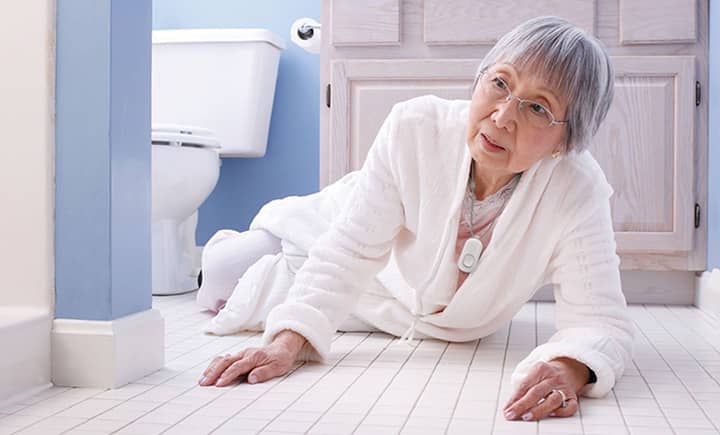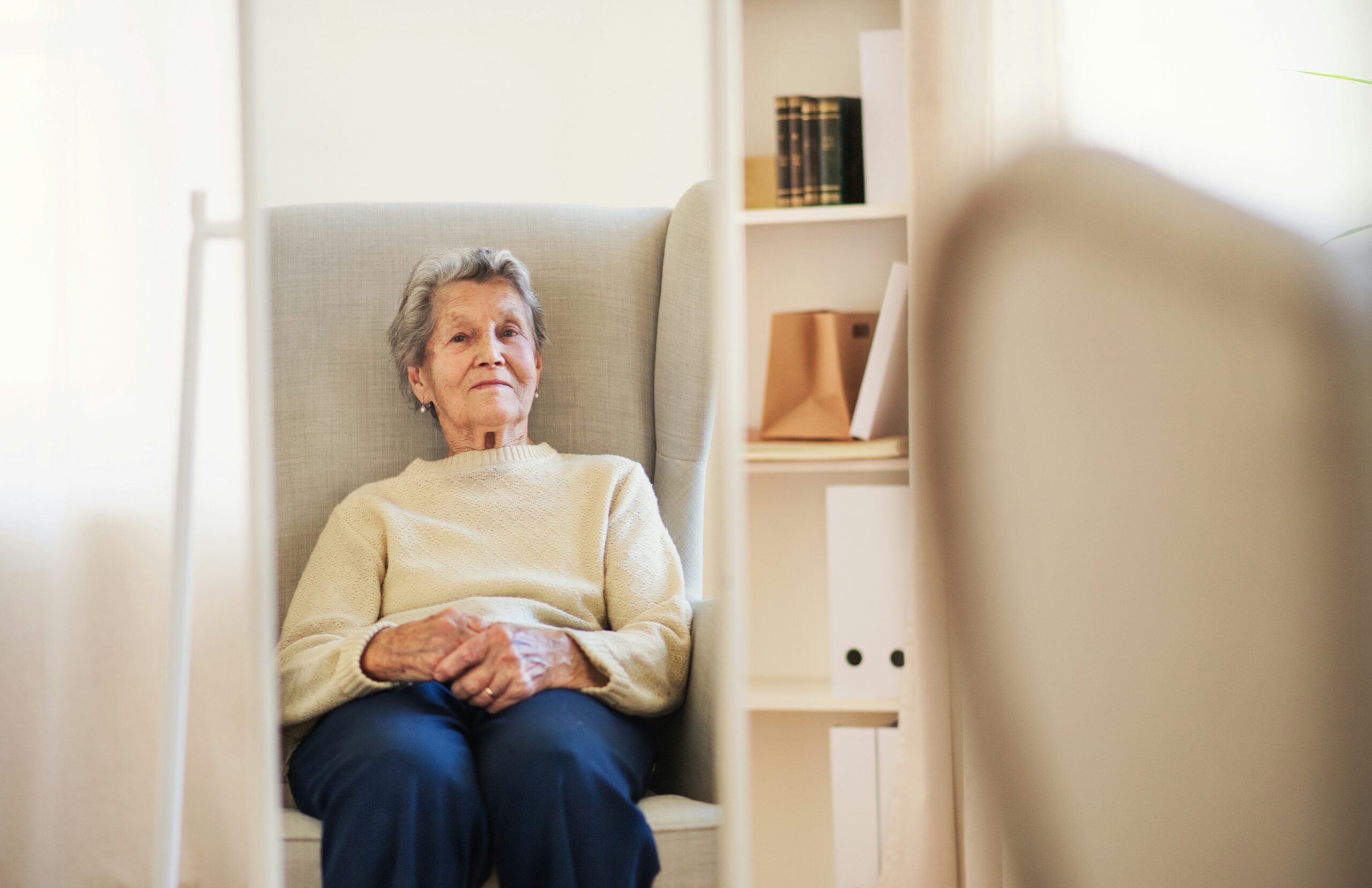As individuals age, falls and mobility issues in seniors become increasingly prevalent concerns. These challenges not only impact the quality of life but also pose significant health risks. Understanding the root causes and implementing preventive strategies is crucial for enhancing the well-being of seniors.

What Causes Falls and Mobility Issues?
Various factors contribute to falls and mobility issues in seniors. These include physical changes, health conditions, and environmental factors. With age, muscles may weaken, balance might decline, and vision can deteriorate, all contributing to mobility challenges.
Physical Changes and Their Impact
As we age, our bodies undergo numerous changes. Muscle mass decreases, bones become more fragile, and flexibility reduces. These changes can significantly affect a senior’s ability to move safely and efficiently.
Health Conditions and Medications
Chronic health conditions such as arthritis, diabetes, or heart disease can exacerbate mobility issues. Certain medications may also increase the risk of falls by causing dizziness or drowsiness.
Environmental Factors
Seniors often face increased risks of falling due to environmental hazards. Cluttered living spaces, poor lighting, and slippery surfaces can all contribute to accidents.
Preventing Falls and Improving Mobility
Preventive measures are essential in addressing falls and mobility issues in seniors. By focusing on specific strategies, seniors can maintain independence and enhance their safety.
Home Modifications
Simple changes at home can significantly reduce the risk of falls. Installing grab bars, removing loose rugs, and ensuring adequate lighting are effective measures. For more tips, visit our page on diet and fall prevention.
Physical Activity and Exercise
Regular exercise is vital for maintaining strength and balance. Activities such as tai chi, yoga, or water aerobics can be particularly beneficial. Explore our resources on balance training for seniors.
Vision and Hearing Checks
Regular vision and hearing checks can help prevent falls by ensuring that seniors are aware of their surroundings. Learn more about vision and fall prevention.
Role of Nutrition in Fall Prevention
A balanced diet rich in calcium and vitamin D supports bone health, reducing the risk of fractures. Adequate hydration is equally important. You can find more information on dietary measures at Ageing and Nutrition.
Supplements and Dietary Needs
In some cases, dietary supplements may be necessary to meet nutritional needs. Consulting with a healthcare provider can provide guidance tailored to individual requirements.
Supporting Seniors with Mobility Challenges
Family caregivers play a crucial role in supporting seniors with mobility challenges. By being informed and proactive, they can help prevent falls and promote independence.
Professional Support and Resources
Physical therapists can provide personalized exercise programs to improve strength and balance. For more information, read about physical therapy for fall prevention.
Community Programs and Support Groups
Many communities offer programs and support groups for seniors and their caregivers. These resources can provide valuable information and a sense of community.
The Importance of Regular Health Check-Ups
Regular medical check-ups are vital for early detection of potential health issues that might contribute to falls. These check-ups can also provide an opportunity to review medications and discuss any concerns with healthcare providers.
Medication Management
Proper management of medications is essential to minimize side effects that could lead to falls. Keeping an updated list of medications and discussing them with a doctor can prevent complications.
Monitoring Chronic Conditions
Chronic conditions require careful monitoring and management to prevent complications. Regular check-ups can help keep these conditions under control.
Technological Aids for Mobility
Technology can assist seniors in maintaining mobility and preventing falls. Devices such as mobility aids, alert systems, and wearable technology offer additional support.
Mobility Aids
Using canes, walkers, or wheelchairs can enhance mobility and provide stability. It’s important to choose the right aid and ensure it is used correctly.
Alert Systems and Wearable Technology
Personal alert systems can provide peace of mind by allowing quick access to help in case of a fall. Wearable devices can monitor vital signs and activity levels, offering valuable data for caregivers.

FAQ Section
What are the most common causes of falls in seniors?
Common causes include physical changes, health conditions, environmental hazards, and certain medications.
How can I help a senior who is at risk of falling?
Ensuring a safe home environment, encouraging regular exercise, and scheduling regular health check-ups are effective strategies.
What role does diet play in preventing falls?
A balanced diet supports bone health and overall well-being, reducing the risk of falls and related injuries.
This article contains affiliate links. We may earn a commission at no extra cost to you.






